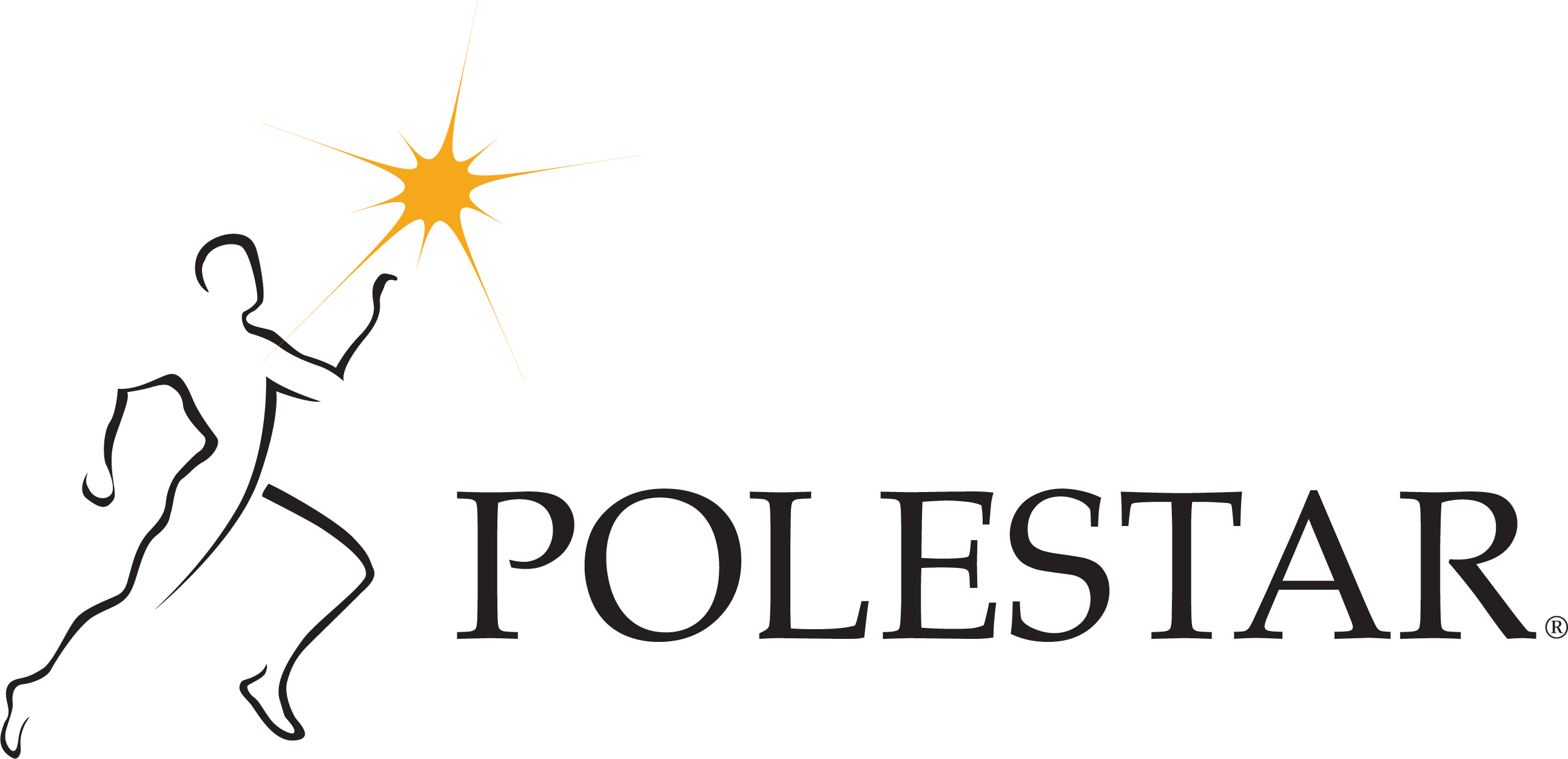
Polestar Educator Amy Dixon has an extensive fitness background spanning over 20 years, including experience working with breast cancer survivors. Through classes and private sessions, she helps survivors rehabilitate and reexperience positive movement experiences. Amy shares her experiences working with Cancer clients along with useful insights on what to expect teaching this population and how to make the sessions the best they can be.
23 years ago, I was working as a personal trainer while working through issues resulting from 2 herniated discs. I began working with a Pilates teacher and was amazed to discover that this practice alleviated my pain. Because of this, I was inspired to train to become a Pilates instructor myself and after a few years, I found Polestar and completed their Transition program. It was after Polestar that I was drawn to work with more complex clients, using Polestar’s principles to navigate their varying needs. Throughout my career, I have had the opportunity to work with a lot of people with breast cancer diagnoses. I have seen the full range of symptoms breast cancer sufferers experience, from diagnosis to post mastectomy. These symptoms include:
- Decreased shoulder range of motion and strength
- Fatigue
- Pain
- Poor posture
- Peripheral neuropathy
- Increased risk of premature osteoporosis
- Increased risk of lymphedema and sarcopenia
- Impaired ability to perform daily tasks
These issues are compounded with emotional stress and varying frames of mind, which can irritate the symptoms further. Post-surgery breast cancer patients tend to limit their movement to the point that they set back their recovery. Many also develop guarding habits, such as raising the arm on the affected side to protect against being touched or jostled, which can cause further mobility problems in the shoulder area. This is where Pilates can retrain some of these potentially adverse compensations to expedite recovery and avoid the adverse movement patterns from becoming habitual. For example, it is more difficult to restore shoulder mobility in patients who stay guarded in a sling for six to eight weeks than it is to begin the mobility process as soon as lesions are healed.
Clients with a positive outlook and a willingness to progress tend to have better results with this kind of focused movement. It can be scary for the client to move, so much encouragement and compassion are needed! Private sessions are ideal for this type of client in the beginning in order for them to feel more comfortable and to participate in Pilates without feeling self-conscious.
To reintroduce patients to everyday movement, it’s best to start with low-intensity Pilates routines that focus on the upper body. During cancer rehabilitation, the concepts of breathing, pelvic and lumbar spine alignment, rib cage placement, shoulder mobility and stability, and head and neck alignment can be applied to any Pilates movement. Bringing awareness to posture can be the first step in improving daily activities. Putting the body in a position where it moves and reacts more efficiently can take away unwanted stress and strain. Developing proper movement patterns will also allow the body to heal in a way that reduces the likelihood of compensatory injuries.
When dealing with cancer patients, you must be aware of their progress as well as keep in close communication with their physical therapist. It is important to know the types of issues they are dealing with, and by keeping good communication with their PT, you can ensure the proper contraindications are noted before creating a program for these clients. Watch for fatigue, swelling, limited range of motion, and pain while working with these clients.
Ultimately, our Pilates practice can greatly improve the mobility, range, and posture of survivors. Creating a positive movement experience is key.
For more information on Amy and her studio, click here.




